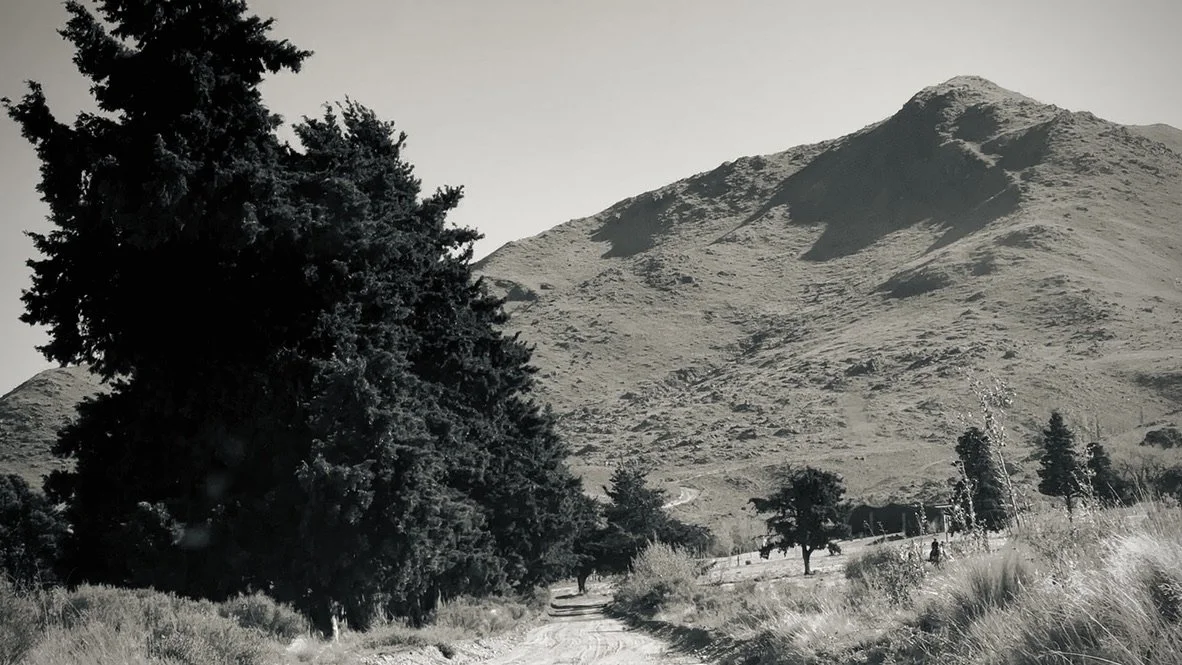TOPOGRAPHIES OF REPAIR
CREATING NEW KNOWLEDGE FROM ENVIRONMENTAL DISASTER IN ARGENTINA
Río Nuevo is a new river - sort of. In its current form, the river is growing due to a process called sapping in which the groundwater eats away at the earth from below. There’s also evidence of sapping on Mars, leading geomorphologists to believe that water once flowed on the Martian surface. But back here on Earth in Argentina’s San Luis province, scientists concluded that the sapping, which transformed this semi-arid landscape, was prompted by…soybeans.
In the 3 decades since GMOs were introduced to the region, Río Nuevo has ripped through this farmland, flooded highways and homes, and forced some to abandon their land and rural lives. The soybean’s shallow roots proved incapable of holding the landscape’s friable soil in place. As the friable soil split, a once hidden, subterranean river emerged to the shock of many.
In my ethnographic research with environmental scientists, farmers, agronomists, and rural families, though, I heard stories about this subterranean waterways that had been passed down through families - memories that call into question whether Río Nuevo is actually a new phenomenon or whether it was just narrated away. I also witnessed the immense dedication it took to build new social and institutional networks by those hoping to slow the spread of the river. Based on these findings and findings from research elsewhere in rural Argentina, my book project explores what sorts of possibilities for repair can emerge when communities reconsider what they thought they knew about their homes, their land, and their homeland. To that end, Topographies of Repair charts the earthly expressions of the labor and the love vital to rebuilding socio-political relations from the land up.

El Morro

The walls of Río Nuevo

Río Nuevo

Salty residue where Río Nuevo receded

El Morro

Remains of a house flooded by Río Nuevo
